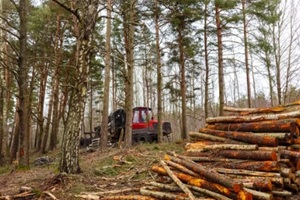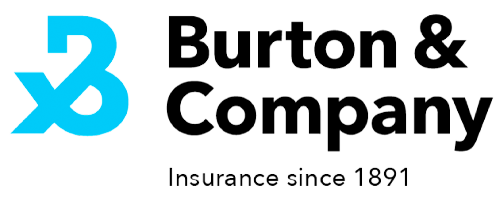
Forestry insurance is the financial backbone of companies in this perilous industry. From worker injury to timber loss resulting in completely scrapped jobs, the financial risk faced by companies in this sector is significant. While forestry businesses should work hard to secure complete insurance coverage for their tasks, they often fail to consider what to do afterward.
For those who have been carrying the same policies for years, it is important to understand that they may not be as effective as they used to be. Updating insurance should be a regular part of any forestry company’s maintenance tasks, ideally annually.
Here are some signs that your forestry insurance needs an update and what to look for when evaluating your business needs.
You Have New Machinery
Any time a business upgrades its machinery or purchases new equipment, it should review the existing insurance policy to make sure these new tools are covered. Some common reasons why an established policy might not cover new machinery include:
- The policy does not allow new inclusions after its effective date.
- The equipment is valued at more than the coverage limit for the policy.
- The equipment is too heavy or of a type that is not included in standard coverage.
The maximum coverage for an existing insurance policy can be adjusted, though it may result in higher premiums. A skilled insurance professional can help you understand how adjusting coverage in this way may impact your budget.
You Do Different Work
The best insurance should be customized to suit the type of work the business is conducting. Cookie-cutter solutions typically offer subpar protection, and while a specialized blend of insurance can be an asset, it may not do much if the business pivots.
Suppose a forestry company that focuses on logging expands its work to include its transportation service or ownership of a sawmill. In that case, the insurance will need to be adjusted to compensate. This often means new types of policies and expansions of existing ones.
You Want Lower Rates
Forestry insurance is a financial commitment but pays off in the long run. Still, there is no reason to overpay for coverage. If your budget is constrained and you believe you are spending too much on protection, consider bundling policies or switching to industry professionals familiar with forestry. They can customize your insurance coverage without exposing the business to unnecessary risk or demanding more of the budget than is necessary.
You Have Changed Work Locations
Where a business is located impacts insurance just as much as the type of work. Local regulations on insurance minimums, changes in weather per location, and more all influence the right type of coverage for any forestry company. Suppose a business has been operating at one location for many years.
In that case, it is normal not to know what to expect should they add another branch or move their primary enterprise. A professional familiar with the insurance outlook in the area can help companies understand new compliance issues they may encounter and how to adjust their insurance around updated minimums.
Your Income Has Increased

Any business seeks to increase its profits where feasible, but this success can have unexpected consequences on insurance coverage. An older insurance policy might not be suitable for a forestry business that has seen a recent surge in profit. In fact, some insurance protections are based on how much the company earns. In contrast, others provide maximum coverage that may no longer be sufficient.
Thanks to the increase in funds, it is often possible to increase the deductible on a policy as well. While this means an insurance claim may pay less than previously, it can also lower monthly premiums. Since the business would be better positioned to cover the extra deductible, this can be an effective way to free up money every month. Just make sure the company continues to save for the unexpected!
Be Sure to Keep Forestry Insurance Updated
Forestry insurance is a multifaceted consideration for most businesses, and many are happy to leave this area behind once they have established a blend of protections that works for them. However, changes to how the business operates, such as purchasing new equipment or a location change, can necessitate a thorough review of the company’s insurance policies.
The professionals at Burton & Company can help you understand how your insurance needs may change based on your company’s growth or pivot into a new area. Contact Burton & Company to receive customized recommendations from professionals familiar with the exclusive challenges of forestry work.

